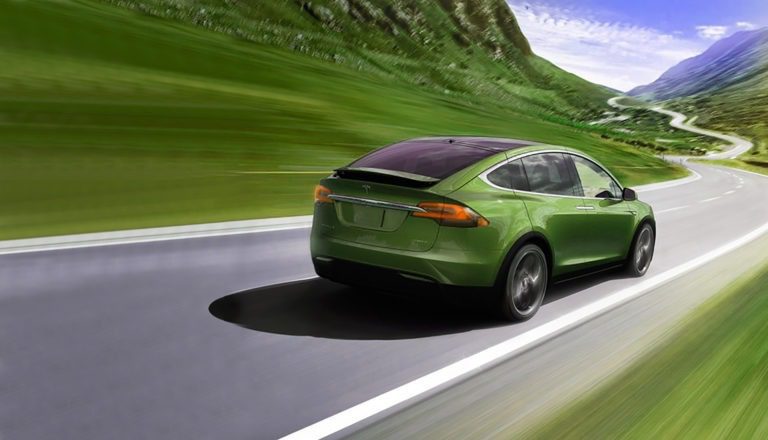Blog Post
EV Resale Market: Your Questions Answered
By Darrin Aiken
August 9, 2021

With the popularity of electric vehicles, fleet managers, understandably have lots of questions. The resale market, in particular, poses new ground as TCO models for EVs has shifted. Here I’ll answer some of your most pressing questions about the present realities and future state of the EV resale market.
Resale Value Of Hybrid Vehicles and EVs?
Currently, EVs are underperforming their ICE- vehicle counterparts. Typically, after three years of use, vehicles retain 60% of their value. Yet EVs are recouping much less once they hit the resale market.
Information on EV residuals is limited due to low auction sales. However, regarding the information that is available, residuals have varied by models. The Chevrolet BOLT and Nissan Leaf performed slightly lower than their more expensive EV counterparts. Consumer adaptation for select models, such as the Tesla Model 3 and the Toyota Prius have stronger returns.
However, these early indicators of EV depreciation aren’t likely to last. ALG depreciates EVs similar to ICE vehicles in the next five years.
What Impacts EV Resale Value?
Federal tax credits have drastically impacted resale values. Incentives play a role in resale value, since those credits are typically removed from the value on the front end since they weren’t a true cost during acquisition.
Sticker prices on ICE vehicles are also coming down. The removal of this cost barrier is allowing dealers to price those vehicles competitively for used vehicle buyers. Additionally, people aren’t being too hurt at the pump. Gas prices are generally low, so used vehicle buyers aren’t currently feeling the pinch.
The removal of tax credits should have a positive impact on EV resale value. While the vehicles are more costly to acquire, there are some depreciation benefits on the backend.
EV Resale Market Realities
EV’s early reputation for poor resale performance had lots do with its limited range. Some models could only go 60 miles before needing a few hours of charging. That’s no longer the case. It’s commonplace for new EVs to range over 200 miles (322 km). In fact, 16 of the 19 models currently on the market meet that criteria. This will reduce buyers’ anxieties and make the foray into EVs an easier choice and make the depreciation rates more comparable to ICE vehicles.
Battery Life And EV Resale Process?
Battery health and maintenance are key to maximizing returns. Diminished capacity or damage will have a direct impact on resale performance. Yet, battery assessment and disclosure of its condition will be critical to the process.
The VIN-specific Battery Vitals Score is a new industry standard to determine the capacity of the battery. Its goal is to improve transparency and trust among used EV buyers during transactions.
Are Consumers Interested In Used EVs?
According to McKinsey, up to 30% of U.S. consumers preferred an EV for their next purchase. This figure is only low when compared to overseas as in Europe it’s up to 60% and over 70% in China.
Additionally, it’s believed that the reduced operational costs are making EVs a desirable choice, even now. Electric vehicles already have the lowest maintenance and fuel costs. AAA’s 2020 Driving Costs report says that hybrids are the second least expensive vehicle to drive — behind small sedans.
Hybrids, and EVs to a larger extent, are touted for reduced wear and tear on the vehicle. Regenerative braking reduces the need to change brakes, there are less moving parts to break in the motor and fewer fluids need filling. The data backs this up with 8.19 cents/mile (13.18 km) and 7.46 cents/mile (12 cents/km) for hybrids and EVs, respectively. Each come in below purely ICE vehicles.
Regarding fuel costs, even when gas is low the reduction in costs in overwhelming. Even though hybrids utilize gas the recouped energy from the braking mechanism requires less trips to the pump (5.2 cents/mile (8.37 km). Not surprising, EVs tout even greater savings with charging costs averaging (3.67 cents/mile (5.91 km).